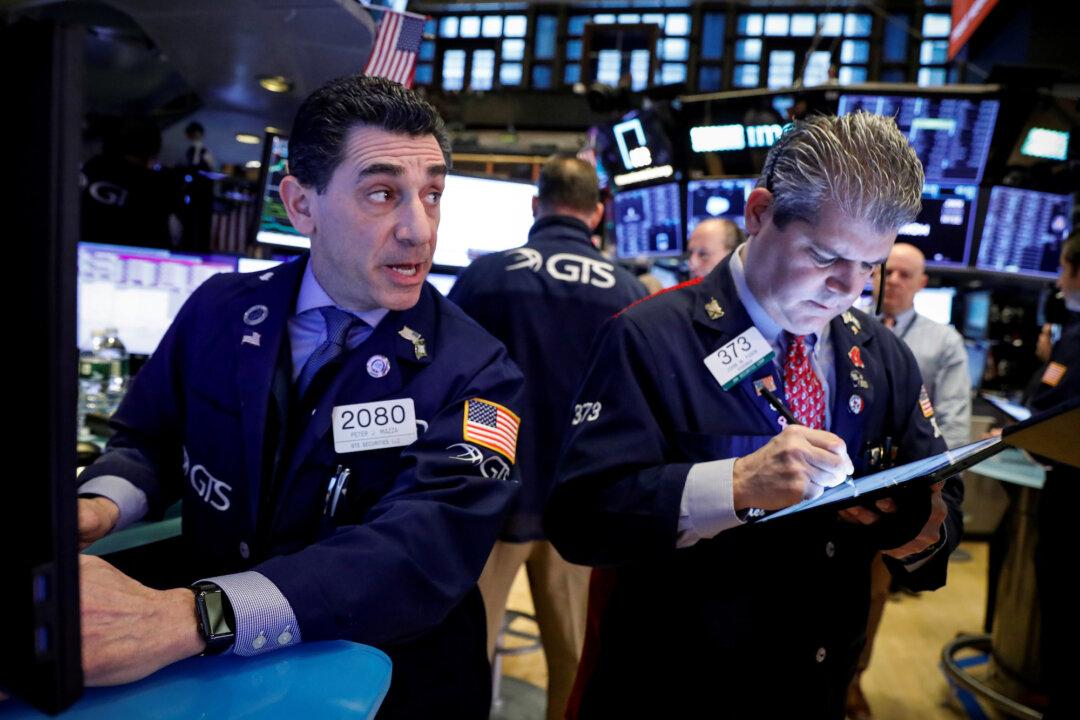As major Wall Street indices tumbled on renewed investor anxiety around coronavirus cases spread outside Asia, a lesser-known stock market volatility gauge spiked by more than 40 percent on Monday, hitting a level not seen since the market panic of December 2018 that fed into the Fed’s subsequent pivot from a policy of interest rate hikes to cuts.
The VIX, an index that measures the volatility of the S&P500, hit 26.4 on Monday, brushing up against its red-line threshold of 30 that is linked to outsized levels of uncertainty, risk, and investor fear.





